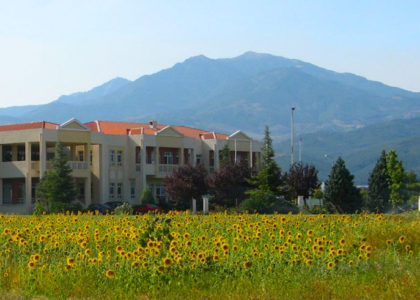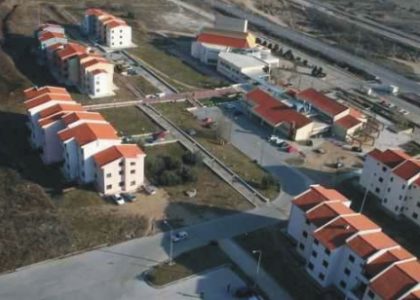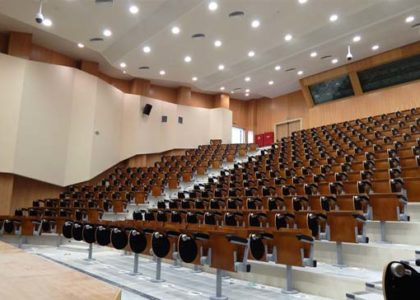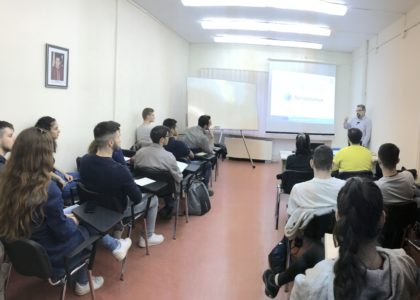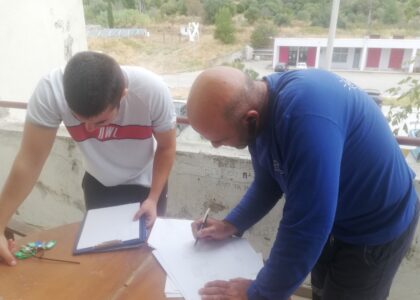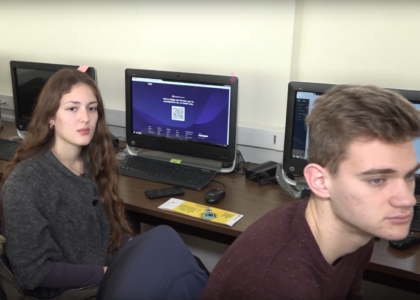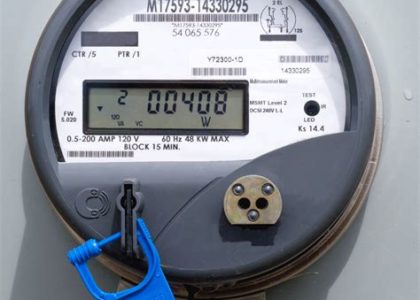Site overview
The pilot site is located in a rural area about one kilometer from the city of Xanthi, in north Greece. It consists of 11 buildings with a total area of 15.000 square meters: student dwellings, one electromechanical equipment building, one restaurant and one amphitheatre, owned by Democritus University of Thrace (DUTH).
A part of the electricity is generated by rooftop PV panels, while the thermal energy demand of the students’ residences is covered by a Renewable Energy System installed within the campus. The thermal and cooling energy demand of the restaurant and the amphitheatre are also covered by RES. Nevertheless, total electricity consumption is significantly higher than the electricity generated locally by the installed RES systems.
Users
The energy community of Kimmeria has a social character, since its end users are students that are selected through income or other socio-economic vulnerability criteria. The accommodation of students is provided without charge. The total occupants of the students’ residences are approximately 630 and are renewed every year. Main stakeholders are the Municipality of Xanthi and a local energy company, both operating as site energy producers.
Pilot Objectives
Reliability and low operational costs through the maximum utilisation of RES technologies are the focus points of this demonstration site due to its social character. During the RENAISSANCE project, the demonstrator will run using the highest-as-possible amount of local generation. An additional share of energy will be generated by an ORC turbine that will be implemented within the project.
In order to engage end-users and eventually influence their consumption behaviour, smart meters will be installed and connected to the RENAISSANCE platform. Installation of smart meters for both thermal and electrical consumption will increase observability and transparency of consumption profiles by 100%, enabling to test demand-response schemes and innovative market models. Smart contracts and improved communication tools such as mobile apps will increase participation of end-users by 50%. In addition, with the contribution of a simulation engine, the model will be extended to include its virtual connection with the macro-low-voltage/medium-voltage DSO level grid, by including energy production/consumption profiles of near-located energy intensive industries and that of the city of Xanthi, for which data are available. Through simulation results, the technical extent up to which a micro-grid can interact with a macro-grid can be identified (flexibility potential). Integrated solutions demonstrated in RENAISSANCE will be stress tested for their scalability and replicability.
The successful execution of the pilot will unlock the replicability potential at large scale in university campuses and residences located in rural areas with similar climate conditions. High availability of renewable sources such as solar and heat will hopefully enable the creation of sustainable self-sufficient energy communities.
Technical Details
10 MWh/y excess electricity
Smart meters
Excess 100 MWh/y (RES)
PCM storages: 60kWh
Smart meters
Adjustments on the current pipe network Reduction of biomass consumption
